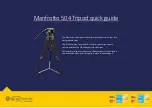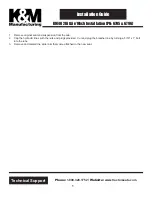
23
English
2. Raise the presser foot and the needles, then
reverse the fabric.
3. Lower the needles and the presser foot at the
same position.
4. Serge over the seam, taking care not to cut the
serged seam with the upper knife.
5. After sewing a few stitches, serge off the fabric
as illustrated.
6. Cut the chain with scissors.
Method 2
WIth this method, the chains of the beginning and the
end of a stitch can be secured in the same manner.
1. Tie the thread unpicked from chains.
2. Insert the chains into the end of the seam,
using a hand sewing needle with large eye.
3. Fix the chains with a drop of fabric glue, and
cut the extra stitches after drying.
If threads break during sewing
Remove the material and re-thread (to re-thread,
see "CHAPTER 3 THREADING"). Replace the
material under the presser foot and sew 3-5 cm (1
to 2 inches) over the previous stitches.
If either of the looper threads breaks during
sewing, also remove the unbroken looper thread,
and then thread both loopers again.
Stitch selection
Select the stitch pattern before you start sewing.
Four-thread overlock stitch
Use all four threads and two needles for producing
four-thread overlock stitches.
Use: Produces strong seam. Ideal for sewing knits
and wovens.
Three-thread overlock stitch
5 mm (3/16 inch)
Use three threads and the left needle, producing 5
mm (3/16 inch) seams.
Use: For overlock stitching on suits, blouses,
slacks, etc. Ideal for medium to heavy materials.
NOTE:
Remove the right needle when sewing this
overlock stitch.















































